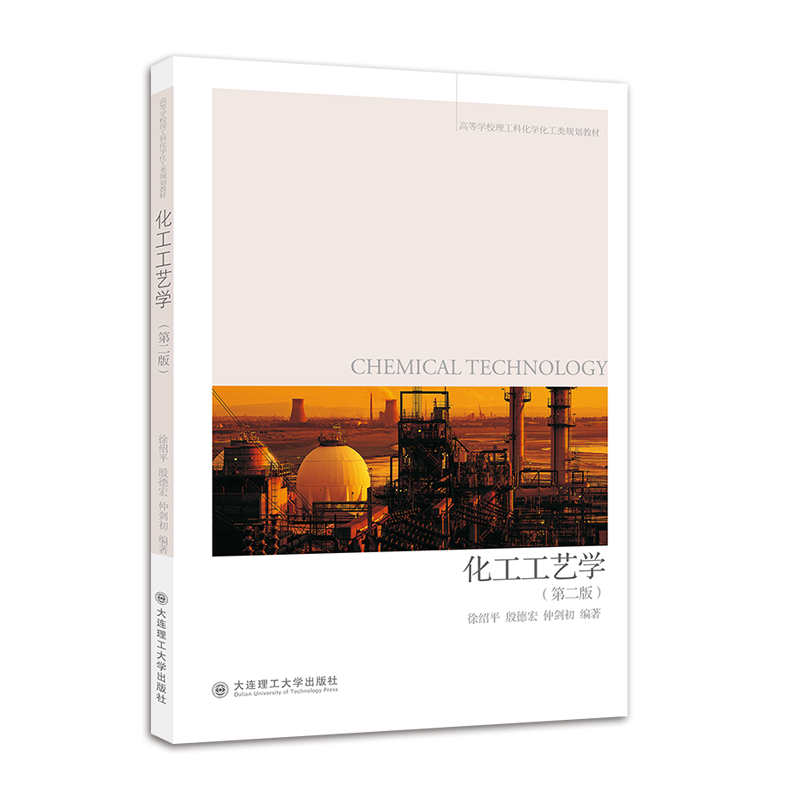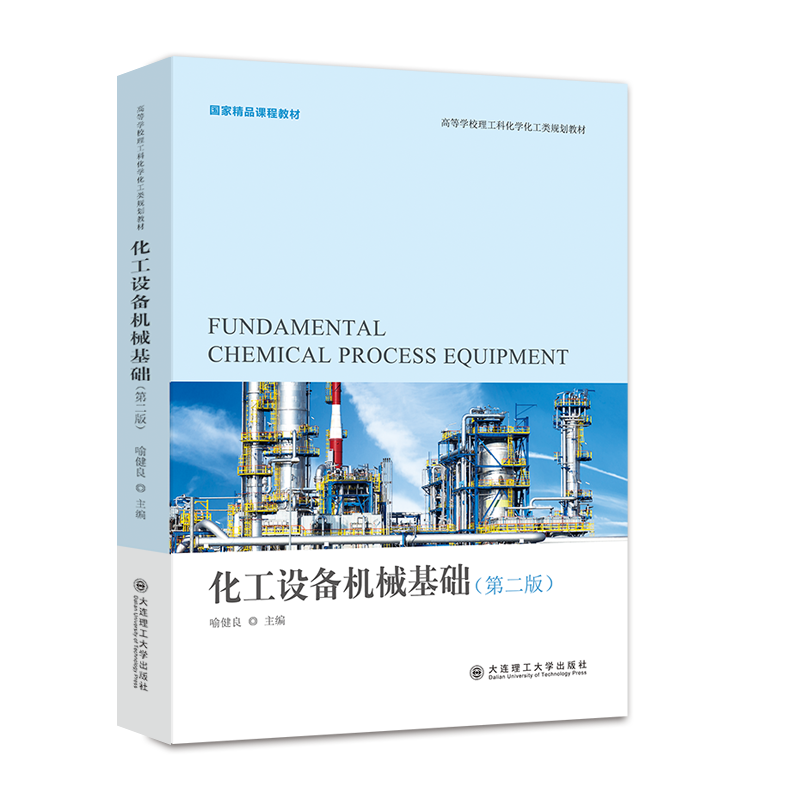 0
样
0
样书
清
单

编辑推荐
Chapter1 Introduction 绪 论 /1
1.1 Thenatureofanalyticalchemistry 分析化学的性质 /1
1.2 Theroleofanalyticalchemistry 分析化学的作用 /2
1.3 Theclassificationofanalyticalchemistry 分析化学的分类 /3
1.4 Thetotalanalyticalprocess 分析全过程 /4
Termstounderstand /8
重点内容概述 /9
Chapter2 ErrorsandDataTreatmentinQuantitativeAnalysis
定量分析中的误差及数据处理 /10
2.1 Fundamentaltermsoferrors 误差的基本术语 /11
2.2 Typesoferrorsinexperimentaldata 实验数据中的误差类型 /15
2.2.1 Systematicerrors 系统误差 /15
2.2.2 Randomerrors 偶然误差 /19
2.3 Evaluationofanalyticaldata 分析数据的评价 /24
2.3.1 Testsofsignificance 显著性检验 /24
2.3.2 Rejectingdata 可疑值取舍 /26
2.4 Significantfigures 有效数字 /28
Problems /30
Termstounderstand /32
重点内容概述 /32
Chapter3 TitrimetricAnalysis
滴定分析法 /38
3.1 Generalprinciples 基本原理 /38
3.1.1 Relevanttermsoftitrimetricanalysis 滴定分析相关术语 /40
3.1.2 Thepreparationofstandardsolutionandtheexpressionofconcentration 标准溶液的配制与浓度表示方法 /41
3.1.3 Thetypesoftitrimetricreactions 滴定反应类型 /44
3.2 Acid-basetitration 酸碱滴定 /45
3.2.1 Acid-baseequilibria 酸碱平衡 /45
3.2.2 Titrationcurves 滴定曲线 /54
3.2.3 Acid-baseindicators 酸碱指示剂 /57
3.2.4 Applicationsofacid-basetitration 酸碱滴定的应用 /58
3.3 Complexometrictitration 配位滴定 /61
3.3.1 Metal-chelatecomplexes 金属螯合物 /61
3.3.2 EDTA 乙二胺四乙酸 /62
3.3.3 EDTAtitrationcurves
EDTA 滴定曲线 /65
3.3.4 Metalionindicators 金属离子指示剂 /67
3.3.5 ApplicationsofEDTAtitrationtechniques
EDTA 滴定方法的应用 /68
3.4 Oxidation-reductiontitration 氧化还原滴定 /71
3.4.1 Redoxreactions 氧化还原反应 /71
3.4.2 Rateofredoxreactions 氧化还原反应的速率 /75
3.4.3 Titrationcurves 滴定曲线 /76
3.4.4 Redoxindicators 氧化还原指示剂 /77
2 AnalyticalChemistry
3.4.5 Applicationsofredoxtitrations 氧化还原滴定的应用 /79
3.5 Precipitationtitration 沉淀滴定 /84
3.5.1 Precipitationreactions 沉淀滴定反应 /84
3.5.2 Titrationcurves 滴定曲线 /85
3.5.3 End-pointdetection 终点检测 /86
Problems /88
Termstounderstand /90
重点内容概述 /92
Chapter4 Potentiometry 电位分析法 /106
4.1 Introduction
概 述 /106
4.1.1 Classificationandcharacteristics 分类及性质 /107
4.1.2 Definition 定 义 /108
4.2 Typesofpotentiometricelectrodes 电极种类 /110
4.2.1 Referenceelectrodes 参比电极 /111
4.2.2 Indicatorelectrodes 指示电极 /113
4.2.3 Electroderesponseandselectivity 电极响应及选择性 /120
4.3 Potentiometricmethodsandapplication 电位法及应用 /121
4.3.1 Directpotentiometricmeasurement 直接电位法 /121
4.3.2 Potentiometrictitrations 电位滴定 /124
4.3.3 Applicationsofpotentiometry 电位法应用 /127
Problems /127
Termstounderstand /128
重点内容概述 /129
目 录3
Chapter5 Chromatography 色谱法 /134
5.1 Introduction 概 述 /134
5.2 Fundamentaltheoryofgaschromatography 气相色谱基本原理 /140
5.2.1 Platetheory 塔板理论 /140
5.2.2 Kinetictheory(ratetheory) 速率理论 /142
5.2.3 TheresolutionRsasameasureofpeakseparation 分离度 /145
5.3 Gaschromatography 气相色谱 /147
5.3.1 Componentsofagaschromatograph 气相色谱仪的组成 /148
5.3.2 Stationaryphasesforgas-liquidchromatography 气液色谱固定相 /151
5.3.3 Applicationsofgas-liquidchromatography 气液色谱的应用 /154
5.3.4 Adsorptionchromatography 吸附色谱 /157
5.4 Highperformanceliquidchromatography 高效液相色谱 /158
5.4.1 Instrumentation 仪器组成 /158
5.4.2 High-performancepartitionchromatography 高效分配色谱 /163
5.5 Miscellaneousseparationmethods 其他分离方法 /166
5.5.1 High-performanceion-exchangechromatography 高效离子交换色谱 /166
5.5.2 Capillaryelectrophoresis 毛细管电泳 /167
5.5.3 Planarchromatography 平板色谱 /170
Problems /171
Termstounderstand /172
重点内容概述 /173
Chapter6 AtomicAbsorptionSpectrometry 原子吸收光谱分析法 /183
6.1 Introduction 概 述 /183
4 AnalyticalChemistry
6.2 Principles 原 理 /184
6.2.1 TheprocessofAAS,resonancelineandabsorptionline 原子吸收光谱法的过程,共振线及吸收线 /184
6.2.2 Thenumberofgroundatomandthetemperatureofflame
基态原子数与光焰温度 /185
6.2.3 QuantitativeanalysisofAAS 原子吸收光谱定量分析 /186
6.3 Instrumentation 仪 器 /189
6.3.1 Primaryradiationsources 光 源 /189
6.3.2 Atomizer 原子仪器 /190
6.3.3 Opticaldispersivesystems 分光系统 /192
6.3.4 Detectors 检测器 /193
6.3.5 Signalmeasurements 信号测量 /193
6.4 Quantitativemeasurementsandinterferences 定量测定及干扰 /193
6.4.1 Quantitativemeasurements 定量测定 /193
6.4.2 Interferences 干 扰 /194
6.4.3 SensitivityandDetectionlimits 灵敏度与检测限 /195
6.5 ApplicationsofAAS 原子吸收光谱法的应用 /196
Problems /198
Termstounderstand /198
重点内容概述 /198
Chapter7 UltravioletandVisibleSpectrophotometry 紫外-可见分光光度法 /204
7.1 Introduction 概 述 /204
7.2 Ultravioletandvisibleabsorptionspectroscopy 紫外-可见吸收光谱 /205
7.2.1 Introductionforradiantenergy 辐射能简介 /205
目 录5
7.2.2 Selectiveabsorptionofradiationandabsorbancespectrum
物质对光的选择性吸收和吸收光谱 /207
7.2.3 Absorbingspeciesandelectrontransition 吸收物质与电子跃迁 /211
7.3 Lawofabsorption 吸收定律 /216
7.3.1 Lambert-Beer’slaw 朗伯-比尔定律 /216
7.3.2 Absorptivity 吸光系数 /217
7.3.3 ApparentdeviationsfromBeer’slaw 对比尔定律的明显偏离 /219
7.4 Instruments 仪 器 /220
7.5 Generaltypesofspectrophotometer 分光光度计种类 /224
7.6 ApplicationofUV-Visabsorptionspectroscopy 紫外-可见吸收光谱的应用 /226
7.6.1 Applicationofabsorptionmeasurementtoqualitativeanalysis 光吸收测定在定性分析上的应用 /226
7.6.2 Quantitativeanalysisbyabsorptionmeasurements 光吸收测量定量分析法 /226
7.6.3 Derivativespectrophotometry 导数分光光度法 /230
Problems /231
Termstounderstand /232
重点内容概述 /233
Chapter8 InfraredAbsorptionSpectroscopy
红外吸收光谱 /237
8.1 Theoryofinfraredabsorption 红外吸收基本原理 /238
8.1.1 Dipolechangesduringvibrationsandrotations 振转运动中的偶极距变化 /238
8.1.2 Mechanicalmodelofstretchingvibrations 伸缩振动机械模型 /239
8.1.3 Quantumtreatmentofvibrations 振动的量子力学处理 /241
8.1.4 Typesofmolecularvibrations 分子振动形式 /243
8.2 Infraredinstrumentcomponents 红外仪器组成 /246
6 AnalyticalChemistry
8.2.1 Wavelengthselection 波长选择 /246
8.2.2 Samplingtechniques 采样技术 /247
8.2.3 Infraredspectrophotometersforqualitativeanalysis 定性分析用红外分光光度计 /247
8.2.4 Othertechniques 其他技术 /249
8.3 Thegroupfrequenciesoffunctionalgroupsinorganiccompounds 有机化合物官能团的特征频率 /250
8.4 Thefactorsaffectinggroupfrequencies 影响基团特征吸收频率的因素 /253
8.4.1 Adjacentgroups 邻近基团的影响 /254
8.4.2 Hydrogenbonding 氢 键 /254
8.5 Qualitativeapplicationstostructuralanalysis 结构分析的定性应用 /255
Problems /258
Termstounderstand /260
重点内容概述 /260
Chapter9 NuclearMagneticResonanceSpectroscopy 核磁共振波谱法 /265
9.1 Theoryofnuclearmagneticresonance 核磁共振理论 /266
9.1.1 QuantumdescriptionofNMR
NMR的量子描述 /266
9.1.2 ClassicaldescriptionofNMR
NMR的经典描述 /268
9.2 ExperimentalmethodsofNMRspectroscopy
NMR波谱的实验方法 /269
9.3 Chemicalshift 化学位移 /273
9.3.1 Sourceofthechemicalshift 化学位移产生的原因 /273
9.3.2 Thechemicalshiftofprotonsinorganiccompounds 有机化合物中质子的化学位移 /275
9.3.3 EnvironmentaleffectsonthechemicalshiftofprotonNMRspectra 影响NMR波谱中质子化学位移的环境因素 /277
9.4 Spin-Spincoupling 自旋-自旋耦合 /279
目 录7
9.4.1 SourceofSpin-Spincouplingandsplitting 自旋-自旋耦合与裂分产生的原因 /279
9.4.2 Couplingconstant 耦合常数 /281
9.4.3 Rulesgoverningtheinterpretationofspectra 光谱解析规则 /281
9.5 QualitativeapplicationsofprotonNMR 质子NMR波谱的定性应用 /282
Problems /285
Termstounderstand /287
重点内容概述 /288
Chapter10 MassSpectrometry 质谱法 /292
10.1 Theprincipleofmassspectrometer 质谱仪的原理 /293
10.2 Massspectra 质谱图 /297
10.2.1 Theelectronimpactionizationprocess 电子轰击离子过程 /297
10.2.2 Themolecularion 分子离子 /299
10.2.3 Isotopepeaks 同位素离子峰 /301
10.2.4 Peaksforcollisionproducts 碎片离子峰 /301
10.2.5 Thebasepeak 基 峰 /301
10.3 Qualitativeapplicationsofmassspectroscopy 质谱法的定性应用 /301
Problems /304
Termstounderstand /305
重点内容概述 /306
TEST 测 试 /308
Answers 答 案 /317
Appendix 附 录 /327
References 参考文献 /336


 人工客服
人工客服





